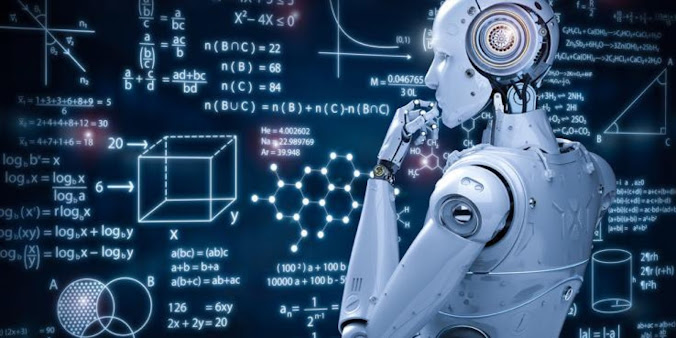Introduction to Machine Learning
Machine learning is a rapidly growing field that empowers computers to learn from data and make predictions or decisions without being explicitly programmed. It encompasses a wide range of algorithms and techniques that enable computers to perform tasks by learning from experience.
For beginners entering the field of machine learning, understanding the fundamental algorithms is crucial. In this comprehensive guide, we'll explore the top 8 essential machine learning algorithms that every beginner should know. From classification and regression to clustering and dimensionality reduction, these algorithms form the foundation of machine learning and are essential building blocks for more advanced techniques.
1. Linear Regression
Linear regression is one of the simplest and most commonly used algorithms in machine learning. It is used to model the relationship between a dependent variable and one or more independent variables by fitting a linear equation to the observed data. Linear regression is widely used for predicting continuous numerical values and is particularly useful for tasks such as sales forecasting, stock price prediction, and trend analysis.
2. Logistic Regression
Logistic regression is a classification algorithm used to model the probability of a binary outcome based on one or more predictor variables. Unlike linear regression, which predicts continuous values, logistic regression predicts the probability that an instance belongs to a particular class. It is widely used in binary classification tasks such as spam detection, fraud detection, and medical diagnosis.
Introducing SFWPExperts, a leading WordPress website design company, pioneers the fusion of artificial intelligence and machine learning in web development. Leveraging cutting-edge AI algorithms, we craft intelligent and adaptive websites that offer personalized user experiences and drive engagement. Experience the future of web design with SFWPExperts today.
3. Decision Trees
Decision trees are versatile and intuitive algorithms used for both classification and regression tasks. They work by recursively partitioning the feature space into subsets based on the values of the input features, with each partition corresponding to a decision node in the tree. Decision trees are easy to interpret and visualize, making them popular for tasks such as customer segmentation, risk assessment, and recommendation systems.
4. Random Forest
Random forest is an ensemble learning algorithm that combines multiple decision trees to improve performance and robustness. It works by building a collection of decision trees, each trained on a random subset of the training data and using a random subset of the input features. Random forest is highly effective for classification and regression tasks and is known for its high accuracy, scalability, and resistance to overfitting.
5. Support Vector Machines (SVM)
Support vector machines are powerful supervised learning algorithms used for classification and regression tasks. They work by finding the hyperplane that best separates the data points into different classes while maximizing the margin between the classes. SVMs are effective for handling high-dimensional data and are widely used in applications such as image classification, text classification, and handwriting recognition.
Read More: Top 8 Essential Machine Learning Algorithms for Beginners
Read More Articles:
- Exploring Screen AI: Revolutionizing Visual Recognition Technology
- Introducing Studio By WordPress: Revolutionizing Website Building for Creatives
- Unleashing the Power of Vertex AI Studio: A Comprehensive Guide
- Unveiling OpenAI's Voice Engine: Revolutionizing Human-Machine Interaction
- Exploring The Concept Of Personal Branding: A Comprehensive Guide
- Unraveling the Distinctions Between SEO and PPC: A Comprehensive Comparison
Visit Site: Web Design Los Angeles Agency

No comments:
Post a Comment